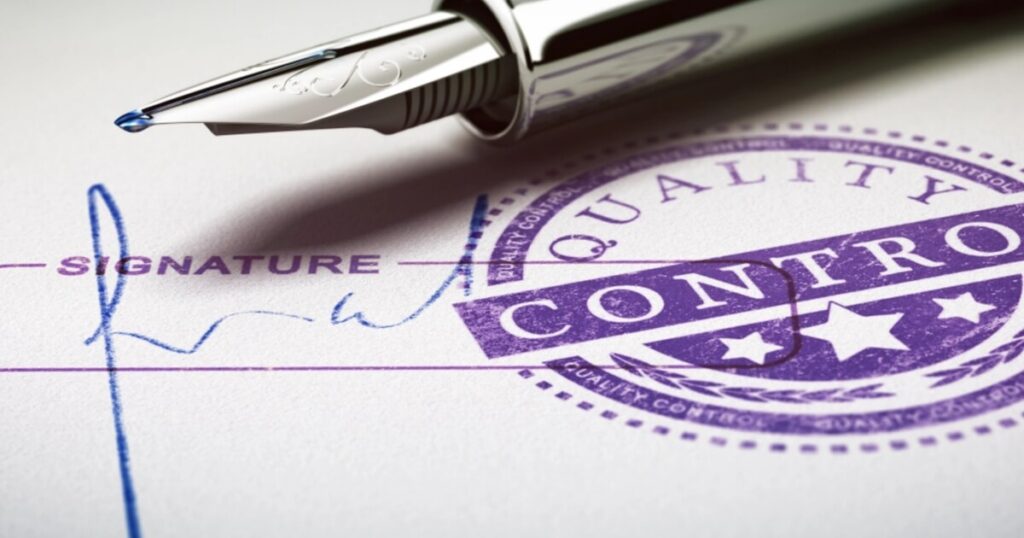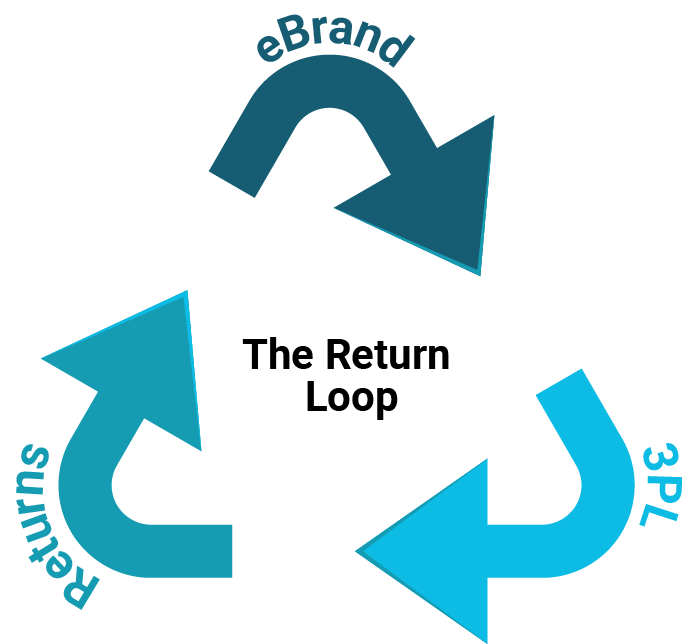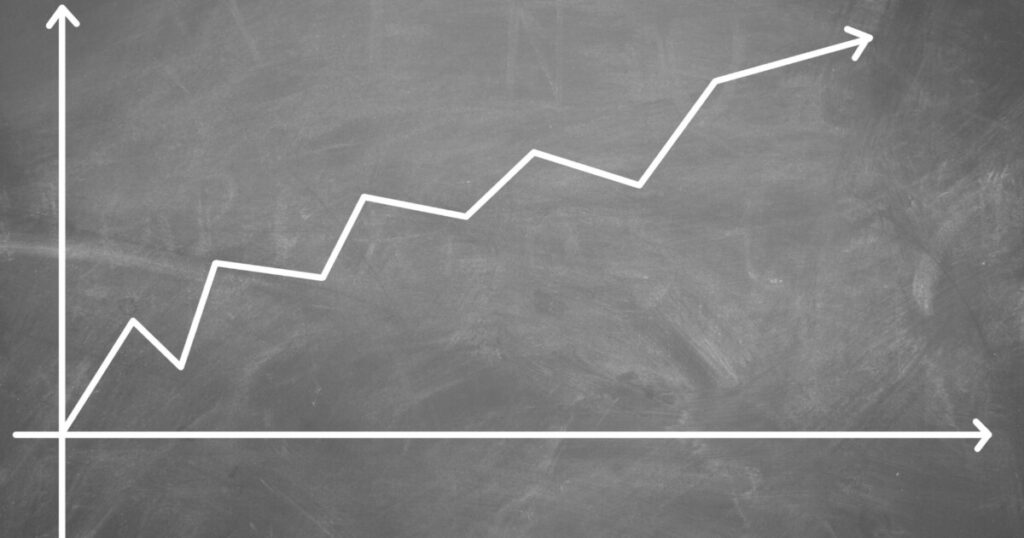eCommerce businesses are designed to be flexible and efficient, which is inherent to the industry where there are no constraints on physical retail locations or costly distribution and sales channels. However, one of the biggest challenges for eCommerce sellers is handling customer returns, often needing the infrastructure to efficiently manage the complex reverse logistics process and reclaim value from these returns. Too often, online sellers discard returned items and consider them as losses or incur costs to store them at third-party logistics (3PL) vendors.
This issue has significant financial implications for retailers, as online purchases have the highest return rate across all retail sectors, at nearly 30%. This is an astounding number on the surface. Given the considerable financial impact, brands should adjust their returns management approach to maximize value recovery.
Why eCommerce Retailers Overlook Reverse Logistics
Many eCommerce retailers mistakenly believe they don’t need a comprehensive reverse logistics process compared to their brick-and-mortar counterparts. This is because their focus is primarily on marketing and storefront ease of use rather than on being manufacturers and distributors with built-in returns management infrastructure.
In reality, eCommerce retailers need a well-defined reverse logistics network more urgently because their primary sales channels are direct-to-consumer platforms. eCommerce sellers face several unique challenges with customer returns that brick-and-mortar companies typically do not encounter, such as:
High Return Rates
eCommerce businesses often experience higher return rates compared to physical stores because customers cannot physically inspect or try products before purchasing. This can lead to more frequent returns due to unmet expectations.
Shipping Costs
Unlike brick-and-mortar stores, eCommerce companies must handle the logistics and costs of shipping returned items to the warehouse. This includes paying for return shipping labels and handling fees, which can significantly impact profitability.
Inventory Management
Processing returns in eCommerce requires efficient inventory liquidation management systems to restock or refurbish returned items. This process can be more complicated and time-consuming than in-store returns.
Reliance on 3PLs
eCommerce sellers rely heavily on vendors to manage order fulfillment and storage. While they are excellent at what they do, many are not geared towards maximizing value from customer returns. This is a very different skill set and requires a broad network of buyers.
Fraud and Abuse
eCommerce returns are more susceptible to fraud and abuse, such as wardrobing (buying clothing, wearing it once, and then returning it) or returning used or damaged goods, which can be harder to detect and manage remotely.
Quality Control

Remotely assessing the condition of returned items is more challenging than in-store evaluations. This can lead to refund eligibility discrepancies and customer disputes over the state of returned products.
These challenges highlight the need for robust return management systems and policies tailored to the unique demands of e-commerce operations. To complicate things even further, many 3PLs don’t have the expertise needed to extract as much value as possible for returns. They often either hold them, and charge storing fees, or return them to the brands, without the processes in place.
The brands that get maximum value from their customer returns have dedicated reverse logistics partners in addition to their 3PLs. eCommerce companies should work with an outsourced reverse logistics company rather than their 3PL to process customer returns.
Why eCommerce Brands Should Outsource Reverse Logistics
Outsourcing reverse logistics to a specialized provider rather than relying on a traditional third-party logistics (3PL) provider can offer several advantages for eCommerce companies:
Expertise in Reverse Logistics
Reverse logistics companies specialize in managing returns, refurbishments, and recycling. Their focus on this niche area means they have developed efficient processes, technologies, and expertise to handle returns more effectively than general 3PL providers.
Maximum Value Recovery

Reverse logistics companies have strong ties to the secondary retail market. This enables them to develop a strategy for maximizing the value of returns, whether they are refurbished, resold, or value extracted from the materials.
Regulatory Compliance and Sustainability
Specialized reverse logistics providers are well-versed in handling compliance with environmental regulations and sustainability initiatives. They can ensure that returned products are disposed of or recycled in an environmentally responsible manner, helping companies meet regulatory requirements and sustainability goals.
Scalability

Reverse logistics companies are better equipped to handle fluctuations in return volumes, whether due to seasonal peaks or promotional events. Their scalable operations can adapt to varying demands without compromising efficiency or service quality.
Partnering with a reverse logistics company allows eCommerce businesses to benefit from specialized knowledge, improved operational efficiency, and enhanced customer service, ultimately leading to better financial performance and a stronger competitive edge.
Conclusion
In conclusion, online retailers must seriously consider a comprehensive reverse logistics process that considers recovery value in the reCommerce and secondary markets for product returns. These markets provide additional avenues for companies to recapture value from items that cannot be sold as new. They help minimize waste and manage inventory effectively, offering solutions for excess stock and returned products.
By leveraging secondary markets, companies can efficiently handle returns, reduce financial losses, and promote sustainability by reusing and recycling goods. Companies like Overstock Trader help brands integrate secondary markets into their reverse logistics and returns management processes.
Frequently Asked Questions
How does reverse logistics maximize the value of customer returns?
Reverse logistics maximizes the value of customer returns by enabling eCommerce brands to effectively manage and process the different types of returned items based on condition.
By refurbishing, reselling, or recycling these products, brands can recover significant value that would otherwise be lost. This approach not only reduces financial losses but can also transform returns into a profitable part of the business.
How can eCommerce brands optimize their reverse logistics process?
eCommerce brands can optimize their reverse logistics process by investing in advanced tracking and management technology to streamline returns and automate processes. They should also train staff to handle returns efficiently and partner with specialized reverse logistics providers to leverage their expertise.
Additionally, continuously analyzing return data to identify trends and areas for improvement enables brands to make informed decisions and enhance their processes. This leads to a more efficient, cost-effective, and customer-friendly reverse logistics system.
Can small eCommerce brands benefit from reverse logistics?
Absolutely! Small eCommerce brands can greatly benefit from reverse logistics. By optimizing their return processes to handle returns more efficiently, they can reduce losses associated with returned goods. This not only minimizes financial costs but also enhances customer satisfaction through a smooth and hassle-free return experience.

